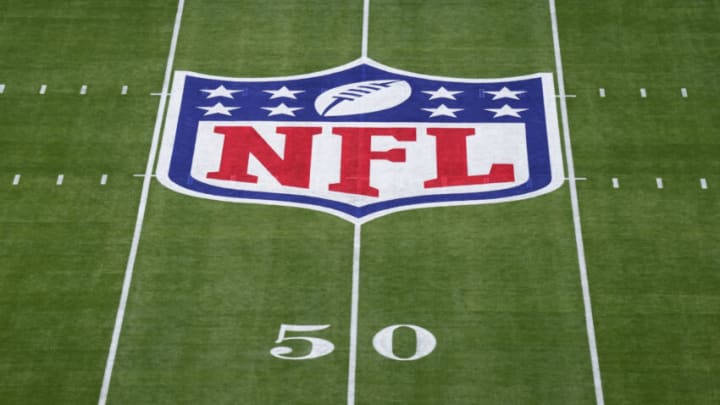Restricted free agency is slightly different in the NFL when compared to other pro leagues.
With NFL free agency rapidly approaching, let’s discuss the ramifications of restricted free agency.
While unrestricted free agency is pretty straightforward, restricted free agency is a tad more complex. We tend to see it used more notably in the NBA because of the sizable qualifying offers top athletes can command on the open market, but the NFL does use it nevertheless. With half the league being undrafted, it sure makes for a whirlwind in early spring.
Here is exactly what RFA entails when it comes to the NFL heading in 2023.
NFL free agency: What restricted free agency means, explained
Restricted free agency comes about when a player hits the open market with three or fewer accrued seasons. An accrued season amounts to six or more regular-season games with a team under the current collective bargaining agreement. Since most rookie contracts apply to players who are drafted or of the four-year variety, a player hitting restricted free agency is a bit rarer in the NFL.
For a player to hit restricted free agency, he must receive a qualifying offer from his current club. The salary level which is predetermined by the current CBA is known as a tender. After signing the tender, the restricted free agent can negotiate with any club up to a certain date. If he signs an offer sheet with another organization, his former club has the right of first refusal in retaining him.
Depending on the type of tender the restricted free agent signs, his former team would receive that level of compensation in a future NFL Draft. This can be a first-rounder, a second-rounder tender, etc. More often than not, it ends up being tied to whatever round this player was drafted in. Therefore, most players who hit RFA are former day-three NFL Draft picks.
In short, letting restricted free agents walk helps teams recoup assets with compensatory picks.
